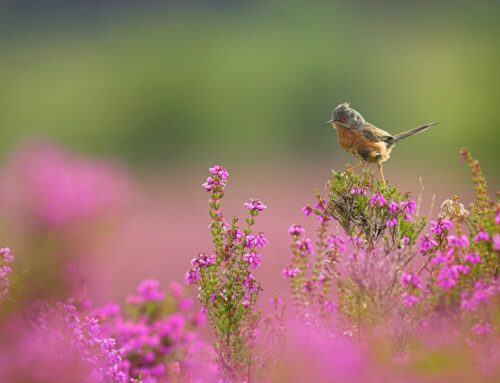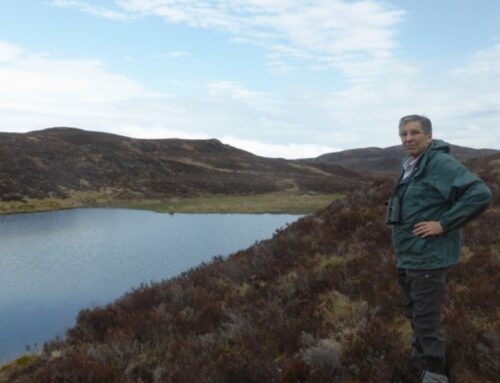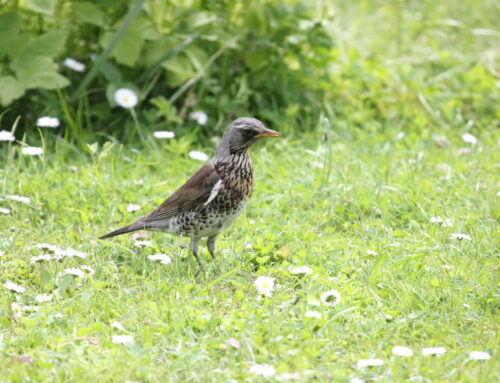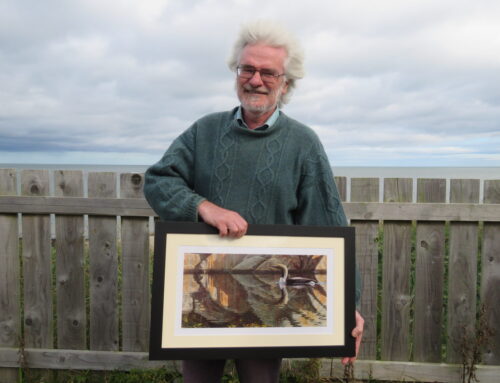Non-native breeding birds in the UK, 2015-20

Red-crested Pochard, Mark Eaton
The Rare Breeding Birds Panel is, we hope, well known for our work for monitoring and reporting upon the UK’s rare native birds since 1973. What is less widely known is that since 1996 our work has also extended to rare non-native breeding birds – those with fewer than 300 pairs breeding in the UK. Our reporting on these species is less frequent, and in fact our new report is the first since 2017, and covers the six years from 2015 to 2020. Non-native breeding birds in the UK, 2015-20, is published in the journal British Birds on 1st September.
The impacts of non-native species are a major driver of loss of biodiversity worldwide and a significant issue for conservation. Although some non-native species appear to be harmless, others are invasive and may have a serious impact on native species and ecosystems – for example, through competition, displacement, hybridisation and/or modification of habitats. For these reasons, it is critical to report and monitor their occurrence and particularly any spread and increase; the RBBP plays a vital role in this monitoring for birds in the UK.

Bar-headed Goose, Mark Eaton
In all, 22 rare, non-native breeding species were reported over the six-year period, of which 18 were confirmed as having bred in at least one year (but only four species were confirmed as breeding in every year). The majority of the species reported upon were Anatidae (two swans, five geese and four ducks) and Galliformes (six species), and there were no passerines reported.

Lanner Falcon, Kevinsphotos (pixabay)
Most of the species covered in this report are extremely rare as breeding birds in the UK, and only four species – Black Swan, Red-crested Pochard, Muscovy Duck and Monk Parakeet – exceeded ten pairs in any single year. Of those, the Red-crested Pochard was the most abundant species, with up to 67 pairs reported in a single year. It is also the only species of the 22 featured in the report (and another 18 that have featured in previous reports but were not reported between 2015 and 2020) that appears to be increasing in the UK. In addition, two species were reported for the first time, albeit breeding only in hybrid pairings. A male Lanner Falcon bred with a female Peregrine in Lothian in every year during the reporting period, and a Cackling Goose raised a brood of three young with a Barnacle Goose in Sussex in 2017.

Black Swan, Mark Holling
Amongst the other 19 species reported upon, there are some that have small populations with no discernible signs of increase, for example Snow Goose, Black Swan and Eagle Owl, and there are others, such as Muscovy Duck and Indian Peafowl for which low levels of reporting may be obscuring any actual trend.

Golden Pheasant, Richard Moores
More strikingly, there are eight species which have declining populations. Four – Bar-headed Goose, White-fronted Goose, Wood Duck and Wild Turkey – have never been anything other than occasional breeders arising from recent escapes or releases, and that status is likely to continue as such; but four other species have shown substantial declines bringing populations to, or close to, extinction in the UK. The Golden Pheasant continues to hang on in a few counties, but records of breeding are infrequent and it seems likely that, at least in some areas, the species persists only through illegal releases. The last remaining Lady Amherst’s Pheasant, from the established population in Bedfordshire and Buckinghamshire, died in 2016, apparently ending the 120-year history of this species breeding in the UK. There is reason to doubt whether either species ever had genuinely self-sustaining populations in the UK. The driver of decline for the two other declining species in this report is quite different: the UK populations of both Ruddy Duck and Monk Parakeet have been reduced to just a few individuals as a consequence of government-led eradication programmes.
In addition to the 22 rare non-native species documented, the report also provides short summaries of the eight more common non-native species found breeding in the UK in order to serve as a ‘one-stop shop’ for non-native species in the UK. Three of these – Barnacle and Egyptian Geese, and Rose-ringed Parakeet – were once covered by the RBBP’s reporting but subsequently their populations grew to exceed the ‘rare’ tag and indeed continue to grow. Others, such as Common Pheasant and Canada Goose, have been common and widespread for many decades or centuries.

Indian Peafowl, Ian Francis
The RBBP’s reporting of non-native birds is not, however, as complete as we would like. We are reliant on observations of non-native species breeding, or showing signs of breeding, being submitted through the UK’s network of county bird recorders, and we know that in many cases birdwatchers do not do so, considering the likes of Indian Peafowl and Muscovy Duck to be of little or no interest. We urge all readers to keep an eye out for these and other non-native birds in the wild and submit records to help improve our reporting.






